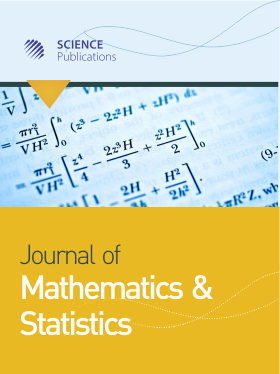Bivariate Poisson-Lindley Distribution with Application
- 1 Hormozgan University, Iran
- 2 Islamic Azad University, Iran
- 3 Universiti Kebangsaan Malaysia, Malaysia
Abstract
This study applies a Bivariate Poisson-Lindley (BPL) distribution for modeling dependent and over-dispersed count data. The advantage of using this form of BPL distribution is that the correlation coefficient can be positive, zero or negative, depending on the multiplicative factor parameter. Several properties such as mean, variance and correlation coefficient of the BPL distribution are discussed. A numerical example is given and the BPL distribution is compared to Bivariate Poisson (BP) and Bivariate Negative Binomial (BNB) distributions which also allow the correlation coefficient to be positive, zero or negative. The results show that BPL distribution provides the smallest Akaike Information Criterion (AIC), indicating that the distribution can be used as an alternative for fitting dependent and over-dispersed count data, with either negative or positive correlation.
DOI: https://doi.org/10.3844/jmssp.2015.1.6

- 4,920 Views
- 3,690 Downloads
- 19 Citations
Download
Keywords
- Bivariate
- Poisson-Lindley
- Dependent
- Over-Dispersed
- Count Data
